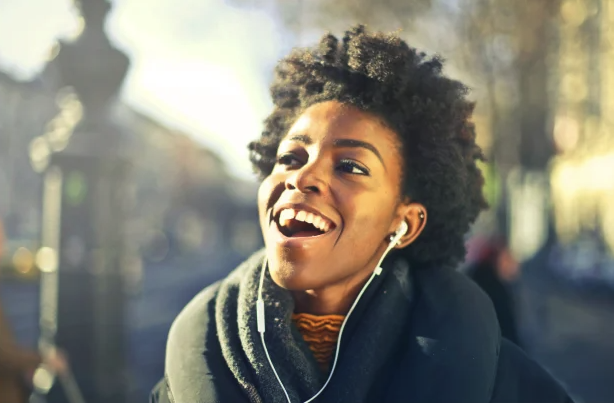Fans of All Media Put Their Trust in Radio
In today's world of ever-increasing platforms, content, and advertising, consumer attention and trust are in high demand. Brands must must be sure their messaging reaches enough consumers, and on the right platforms to truly resonate. Year after year, radio has proven to deliver high reach and engagement as a medium of choice for entertainment, companionship, and critical information in listeners' local communities. And as recent consumer survey data shows, radio has certainly earned people's trust along the way.
A Katz analysis of the latest MRI-Simmons COVID-19 Consumer Insights Survey data finds that radio is among the most trusted media - in a virtual tie with newspapers, with nearly two-thirds of adults deeming it trustworthy, or very trustworthy. Radio surpasses both computer internet and mobile internet and magazines by double-digit margins. More than twice as many adults consider radio trustworthy compared to social media.
Click gray circle to enlarge chart.
Not only is radio a trusted medium for the average person, but also for super fans of other media. Regardless of how much additional media people consume, radio consistently holds on to people's trust. Heavy users of TV, the internet, social media, and magazines all consider radio to be more trustworthy than the respective media they consume heavily.
Chart is interactive; click gray circle to enlarge.
Radio is the ideal platform for advertisers looking to make their voice heard and their message count. Radio is a trusted environment with vested local connections to consumers across demographics, and all types of media users. Radio provides the best chance for messaging to break through, resonate, and not be mistrusted by consumers.
Radio Can Supersize QSR Campaigns
RADIO SERVES UP INCREMENTAL REACH
A recent insight from CUMULUS | Westwood One Audio Active Group explores the many reasons why AM/FM radio should be on the menu for QSR brands. To start with, QSR patrons are in radio's wheelhouse - frequent QSR visitor demographics line up well with heavy radio users, in age, income and behaviors. Consumers spend more time with radio during the QSR "Prime Time" of 6a-7p than they do with TV, making it a great choice for food messaging opportunities.
Westwood One finds that QSRs are doing themselves a great disservice by not allocating enough media dollars to radio. To address this point, they conducted an analysis of Nielsen NMI data, aggregating recent TV campaigns for several major QSRs, and found that brands see a significant reach increase when radio is added to their campaigns.
Click gray circle to enlarge chart.
Shifting 10% of the TV budget into AM/FM radio added incremental reach across all demos - most concentrated among the younger age breaks. Radio generated an +84% increase in Adult 18-24 reach and +71% for Adult 25-34.
RADIO IS LIGHT ON BUDGET, HEAVY ON VALUE
Those ad dollars shifted away from TV are proven to be just as effective on radio. Westwood One cites an Advertising Benchmark Index study, which measured two QSR brands that ran strong ads with comparable creative on TV and radio. The ABX study looked at five creative KPIs, as well as an aggregated metric, the ABX Index, which has been shown to correlate to sales.
Chart is interactive; click gray circle to enlarge.
Both Arby's and Chick-fil-A's radio ads scored over 90% as high as their TV ads in the ABX Index (Arby's: 92%, Chick-fil-A: 91%). Many of the creative KPIs tested very close between radio and TV, including Message Delivery and Any Action (any consumer response, such as Purchase, Talk About, and Look For).
Westwood One's insight provides QSR brands with proof that radio not only delivers high engagement with prime QSR demos, it adds reach to existing TV campaigns, and delivers more than 90% of the results, at a fraction of the CPM.
For more information from CUMULUS | Westwood One Audio Active Group.


.png)





